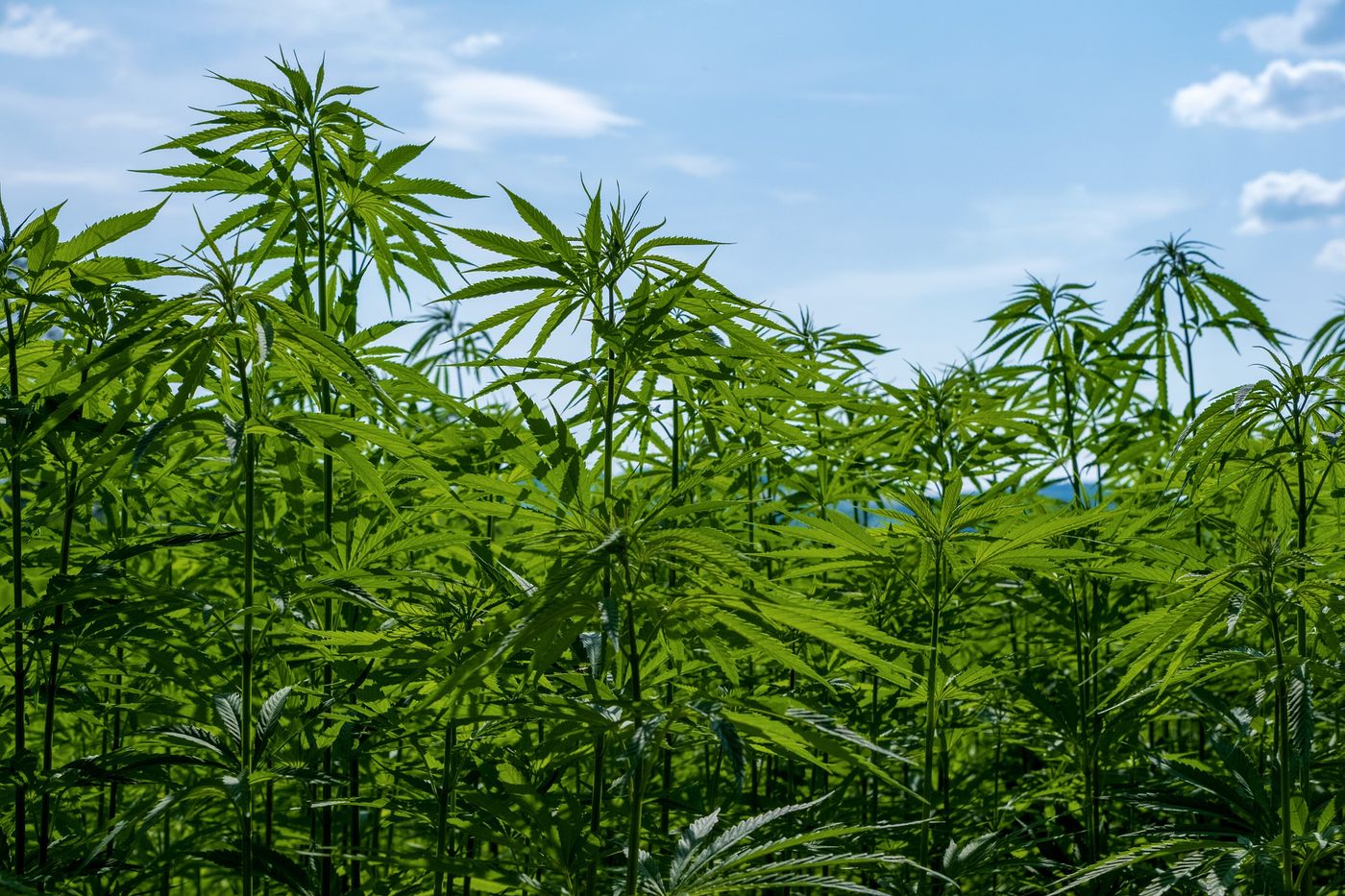Hemp Stalk Waste: A Novel Source of Eco-Friendly Energy with Electrical Applications?
The stalks of industrial hemp (Cannabis sativa L.) are byproducts of cannabidiol (CBD) oil production that have thus far only been considered for potential use in low-value applications such as soil remediation. However, interrogating the potential of hemp byproducts to be used in higher-value valorization applications – such as for solid biofuels and bio-composites – has recently piqued the interest of the scientific community.
Researchers from France and Slovenia collaborated to delve into this potential in a new study published in Waste and Biomass Valorization, the results of which demonstrate that thermochemical conversion of hemp stalks can produce electrically conductive biomaterials characterized by an elevated fixed-carbon content and an arranged carbon structure.
The study’s primary objective was to investigate the valorization potential of hemp stalks towards the production of solid biofuel and materials with high electrical conductivity for bio-composite production.
Thermochemical conversion was achieved via pyrolysis (i.e., carbonization) of the hemp stalk under varying conditions to study the impacts of pyrolysis temperature (‘P’), heating rate (‘R’), and pyrolysis duration (‘T’) on the quality of the biomaterials generated in terms of energy production as determined by calorific value and electrical conductivity measurements.
Pyrolysis was performed at four different temperatures (400 °C, 600 °C, 800 °C, and 1000 °C), at two varying heating rates (200 °C h-1 and 2000 °C h-1), and for two distinct durations (30 min. and 60 min.) for a total of ten different carbonization procedures:
- P400-R200-T30
- P600-R200-T30
- P800-R200-T30
- P1000-R200-T30
- P600-R2000-T30
- P800-R2000-T30
- P1000-R2000-T30
- P600-R2000-T60
- P800-R2000-T60
- P1000-R2000-T60
Analysis of the resultant hemp biochar produced by each of the different scenarios revealed a trend in their energetic properties that was predominantly dependent on the pyrolysis temperature used during the carbonization process:
- Biochar generated at 400–600°C was determined to be comprised of lignocellulosic biomaterials and displayed properties the researchers deemed as likely suitable for use in solid biofuels.
- Biochar produced at 800–1000°C exhibited notable electrical conductivity, unveiling encouraging possibilities for its use in electrical applications such as battery electrodes, composites, and sensors.
Sources: Encyclopedia of Polymeric Nanomaterials; Waste and Biomass Valorization









